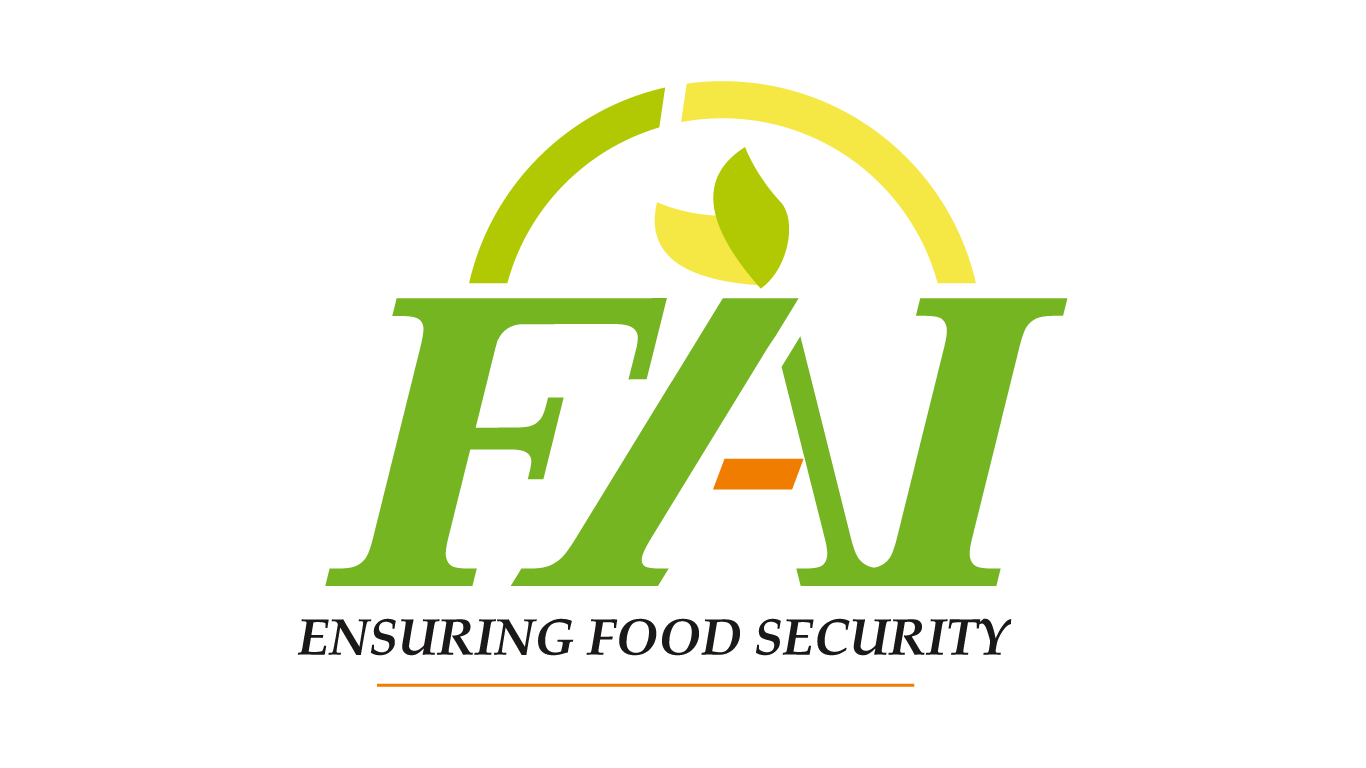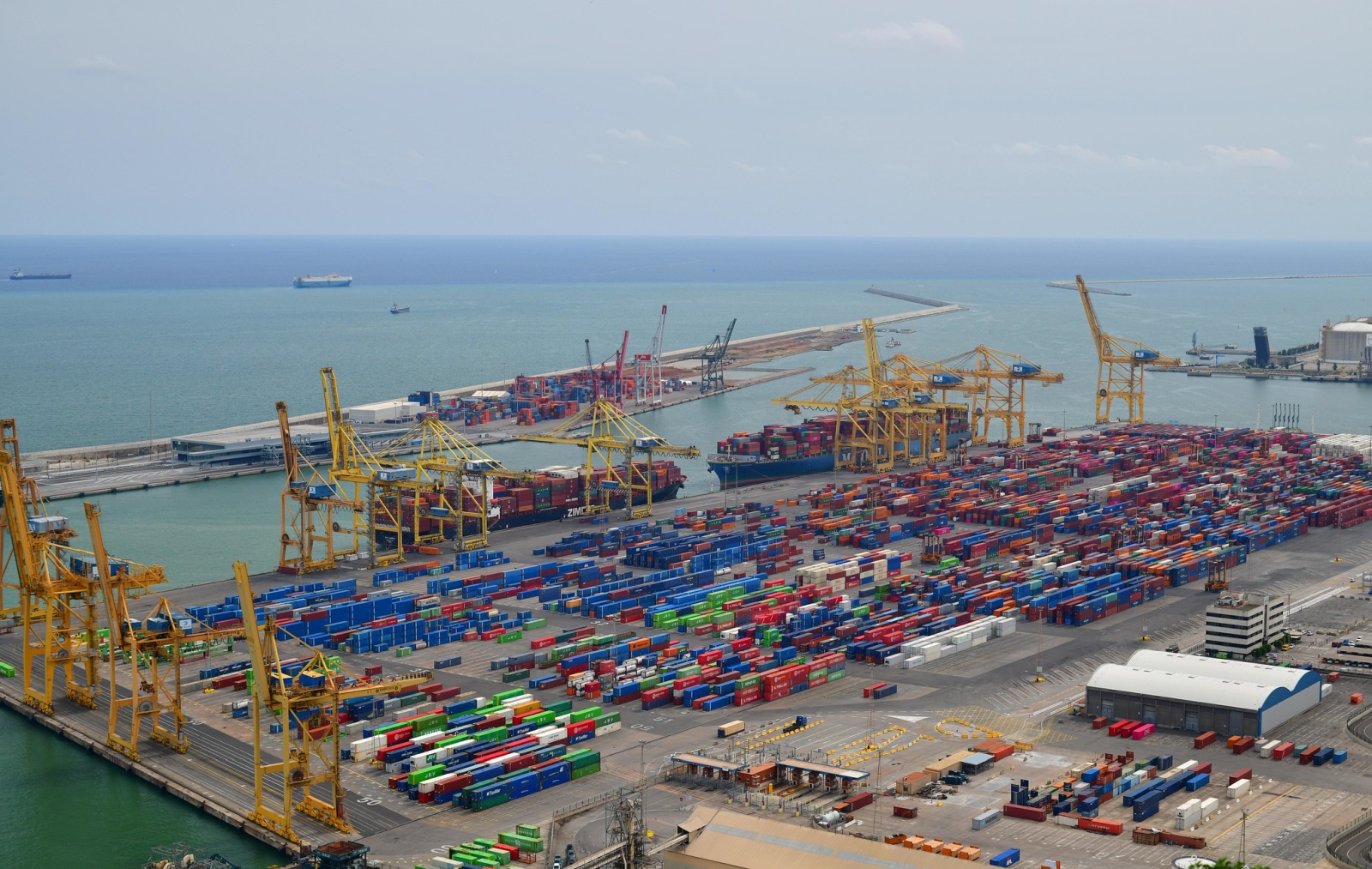The Union Budget for the fiscal year 2025-26, presented by Hon’ble Finance Minister on 1 February 2025, introduces several measures for stimulating economic growth, enhancing middle-class welfare, and promoting sustainable development across various sectors. The budget encompasses 10 broad areas, including supporting SMEs, promoting exports, agri growth, rural prosperity, manufacturing & financial inclusion, focus on poor, youth, farmers, women, taxation, power sector and urban development. Several areas have been earmarked for development of agriculture and rural prosperity. As per the first advance estimate published by the National Statistics Office, India’s real and nominal GDP growth rates are projected to be 6.4% and 9.7%, respectively, in 2024-25. The nominal GDP is projected to grow by 10.1% in 2025-26 over the first advance estimates of 2024-25. Government plans to reduce the fiscal deficit to 4.4% of GDP in the fiscal year 2025-26 compared to estimates of 4.8% in 2024- 25. Agriculture and Allied sector has been the backbone of the Indian economy, playing a vital role in national income and employment. This sector contributes nearly 16 per cent to GDP of the country. Quite a large population directly or indirectly are engaged in the sector for their livelihood. Further, various agri-based industries depend on agriculture to meet their requirement of raw materials, supporting economic growth. The first advance estimates for the current fiscal year shows a growth of 3.8% in the agriculture and allied sector, compared to 1.4% during the previous year. The Union Budget identifies agriculture as a key driver of development, introducing the ‘Prime Minister Dhan-Dhaanya Krishi Yojana’ to support 100 districts having low agricultural productivity and benefit approximately 1.7 crore farmers. This will be launched in partnership with the states. The basic objective of the scheme is to enhance agricultural productivity, adopt crop diversification and sustainable agriculture practices, augment post-harvest storage at the panchayat and block level, improve irrigation facilities, and facilitate the availability of long-term and short-term credit. Additionally, the six year ‘Mission for Aatmanirbharta in Pulses’ focuses on achieving self-sufficiency in pulses, particularly pigeon peas (tur), black gram (urad) and red lentils (masoor). Central agencies, including NAFED and NCCF, will procure these three pulses from farmers during the next four years. Kisan Credit Card (KCC) enables the farmers to meet their short-term working capital requirements promptly and hassle-free. KCC has helped enhance the working capital flow to agriculture and allied sectors. In the budget, the short loan limit available through the KCC has been enhanced from Rs.3 lakh to Rs.5 lakh. Approximately 7.7 crore farmers, fishermen, and dairy farmers covered under KCC will get the benefit from this expansion. To give fillip to improve productivity of cotton, 5- year mission to boost cotton productivity and cultivation of long-staple verities has been announced in the budget by the Finance Minister. The programme aims to increase farmers’ income and ensure a steady supply of high-quality cotton for the traditional textile sector. In addition to fertilizers and irrigation water, use of high yielding variety of seeds has played a vital role in improving crop productivity and farmers’ income. Towards this, National Mission on High Yielding Seeds will be implemented to provide farmers with quality seeds, strengthening the agricultural research ecosystem. More than 100 seed varieties released since July 2024 will be made commercially available to the farmers through this programme. The other initiative in the budget includes establishment of Makhana Board in Bihar to enhance the production, processing, and marketing of Makhana. The Board will offer guidance and training to Makhana farmers and facilitate access to government schemes. Further, launching of a comprehensive multi-sectoral Rural Prosperity and Resilience programme in partnership of the states will address under-employment in agriculture through skilling, investment, technology, and invigorating the rural economy. The Budget maintains a substantial allocation of Rs.4.57 trillion for food, fertilizer, and rural employment subsidies, underscoring the government’s commitment to rural welfare. The


